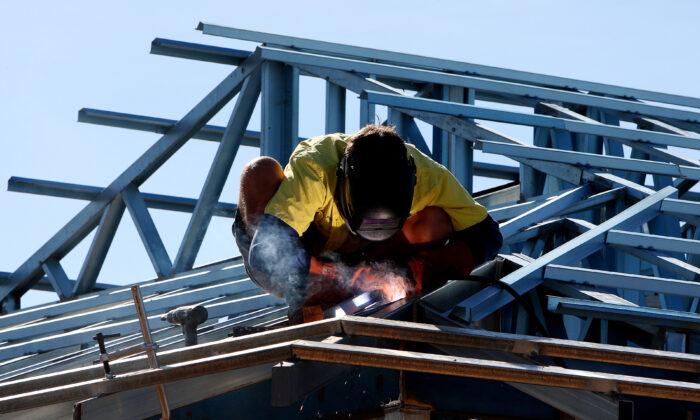Australia has seen a spike in its mortality rates in 2022, with the Australian Bureau of Statistics (ABS) stating that by the end of August 2022, 128,797 deaths had been registered, which is 18,671 deaths, or 17 percent, more than the historical average.
According to the ABS, between January and August this year, 7,727 Australians died from COVID-19.
“It is not clear what might be driving this, although we expect that at least part of the excess will be in respect of people who otherwise may have succumbed to respiratory disease in 2020 and 2021,” said Cutter.
They also said that diabetes deaths have generally been higher than expected throughout the pandemic.
Cutter noted that the AIA had also noticed that of the excess deaths in the 0-44 and 45-64 age bands were small, and the number of women dying was higher than expected.
She has called on the federal government to launch an inquiry into the cause of the spike.
Spiking Mortality Rates a Global Phenomenon
The spike in mortality rates is being experienced globally, with the UK’s Chief Medical Officer, Sir Chris Whitty, as well as Sir Patrick Vallance, the country’s Chief Scientific Adviser, declaring the country is facing a “prolonged period“ of excess deaths after people differed treatment during the initial stages of the pandemic.Meanwhile, the UK’s health secretary Steve Barclay said that the government needed to come clean about the excess deaths.
“We know from the data that there are more 50-to 64-year olds with cardiovascular issues. It’s the result of delays in that age group seeing a GP because of the pandemic and, in some cases, not getting statins for hypertension in time,” he said.
COVID-19 Lingering Effects
The AIA agrees that delayed medical treatment may be a cause behind Australia’s rising death rate.In an analysis of the pandemic in 2022, they said that it was highly likely that delays in medical care was a contributing factor to the excess death rates from other diseases.
“Pressure on the health, hospital and aged care systems, including ambulance ramping and bed block, could lead to people not getting the care they require, either as they avoid seeking help, or their care is not as timely as it might have been in pre-pandemic times,” they said.
“There is some evidence that this may be affecting cancer deaths. It may also be a factor in higher deaths from other causes, such as ischaemic heart disease, diabetes, and the large ‘other’ category.”
They also noted that COVID-19 lingering health effects could also be contributing to the increased rates.
Studies show that coronavirus is associated with increased mortality risks from heart disease and other causes. However, because doctors certifying the death would not necessarily know of the infection if it had occurred months prior, this could demonstrate a causative link several months after recovery from COVID-19.




